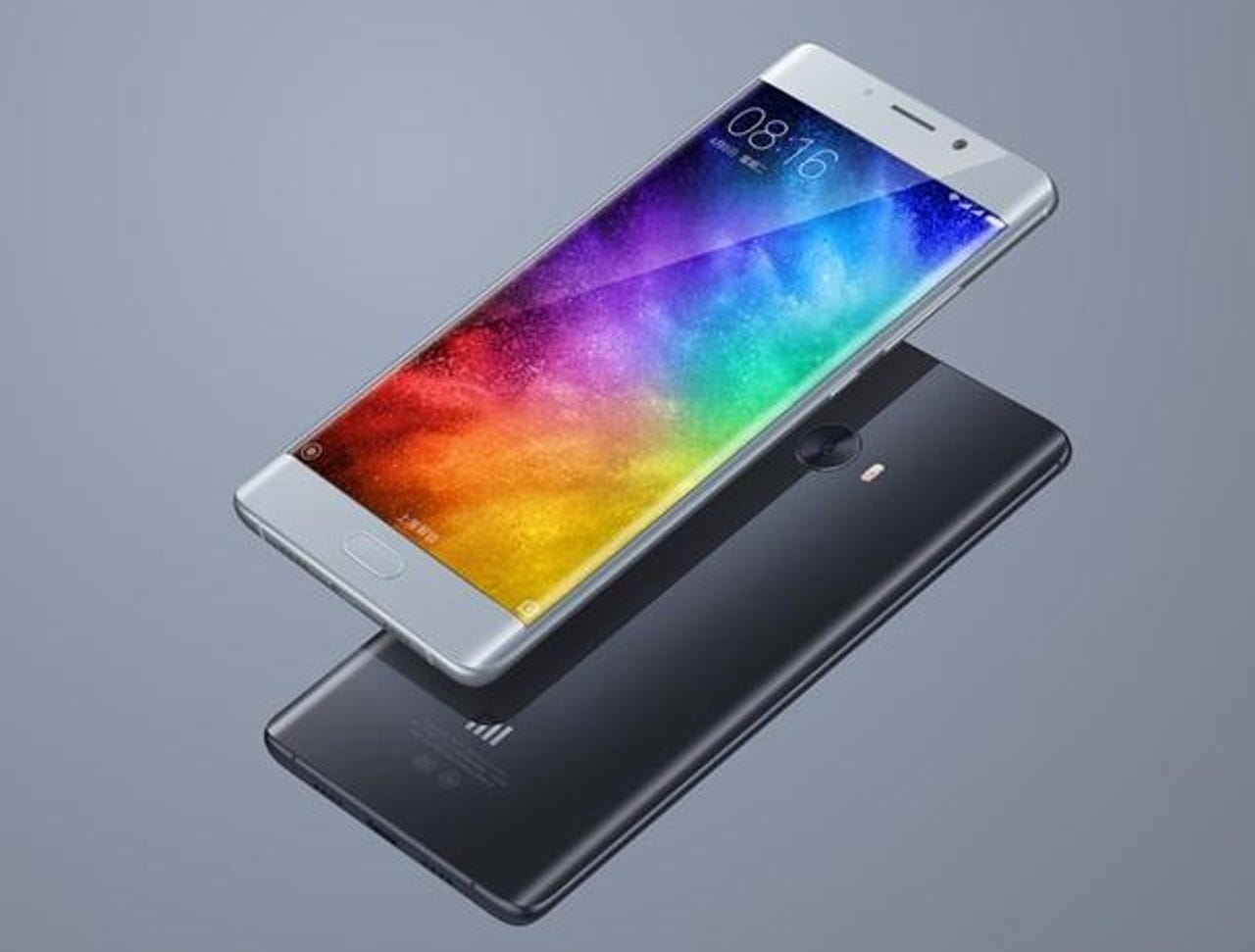Xiaomi unveils its priciest handsets, but for whom?

In the face of a deteriorating market share, Chinese smartphone brand Xiaomi is apparently not giving up. On Tuesday, Xiaomi launched two high-end handsets: Mi Note 2 and a concept phone named Mi Mix. The former flagship model is equipped with the best components Xiaomi could ever offer, and the latter concept phone turns out to be a real eye-catching product due to its almost borderless display, which covers 91.3 percent of the front.

As the best handsets Xiaomi has ever launched, the retail pricetags on the two new phones are also dazzling. Mi Note 2 starts from 2,799 yuan ($414), and Mi MIX starts from 3,499 yuan ($517). As the most successful budget smartphone brand in China, or probably even in the world, Xiaomi is known to be cost-effective, pricing most of its products between $100 and $300. It seems the Chinese company is determined to make a change now.
Latest news on Asia
There are solid reasons for Xiaomi to do so, as the market is no longer the one a few years ago when budget phones started prevailing and Xiaomi was the only shining star. According to a research report on mobile shipment in China conducted by consulting firm TrendForce, in the third quarter of 2016, Huawei, OPPO, Vivo, and Lenovo were the top four brands in China, with market shares at 19.1 percent, 12.7 percent, 10.9 percent and 10.5 percent, respectively.
Xiaomi slid to fifth place during the quarter with a share of 8.7 percent, compared with third place and 11 percent share for the same period in 2015, according to the report. The brand, which has been dubbed "the Apple of China", has basically dropped out of the first league.
There are various reasons for the rise of other Chinese brands. One of them is that all of them own a very specific target group. Huawei has been tirelessly launching high-end products for people working in political and business circles, as well as older Chinese consumers. OPPO and Vivo are known for their photograph and music playback quality, respectively, and both are targeting younger and female groups in China.
Xiaomi's turning around for higher yields might be a wise move for its balance sheet, but it may also scare off loyal fans, who are normally believed to be youngsters with limited budgets. The company used to claim all its handsets were the best configuration and at very competitive prices. Why do they have to pay double the amount and then even more for another Xiaomi handset which also claims to be the best? The Mi Note 2 is probably a good handset, but in this price range, there are tons of other choices with various outstanding features.
Mi Mix could have been a hit given its innovative design, but Xiaomi's production constraints may eventually turn the products into another promotional tactic. Despite the announcement for Mi Mix orders to commence on November 4, the company has admitted that the mass production will be of great difficulty due to the high defect rate. Some Chinese reports said Xiaomi is only likely to offer 10,000 Mi Mix units each month. It sounds like another hunger marketing strategy, which Xiaomi rested on to build up its brand at the very beginning.